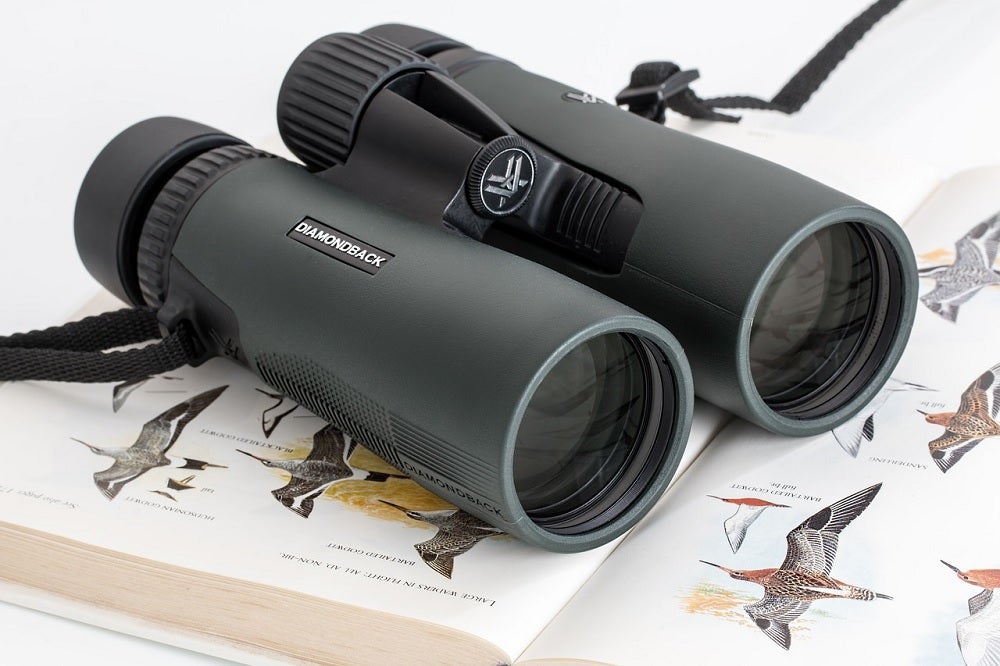
Our Editors independently research, test, and rate what we feel are the best products. We use affiliate links and may receive a small commission on purchases.
Bird watching has been a past time of many for centuries. The love of nature that has spawned such a love of the outdoors and of birds has been passed down through the generations in many families.
Whether you have picked this up from your parents or grandparents, or you are just getting into it on your own, there is much to learn about bird watching.
You will learn much of it as you go but there is a bit you may want to know before you get too far into it so that you have the right gear, you know what you are doing, and you can get the most out of your experience.
Things You Need to Get Started
Whether you are planning to be an avid bird watcher or you are just looking for a relaxing new hobby that allows you to connect with nature, you are going to need a few items to get started.
You don’t have to go out and buy enough backpacking equipment to survive a trek through the Amazon, but you will want to be prepared. Here is a list of suggested items and why you would need them:
Binoculars
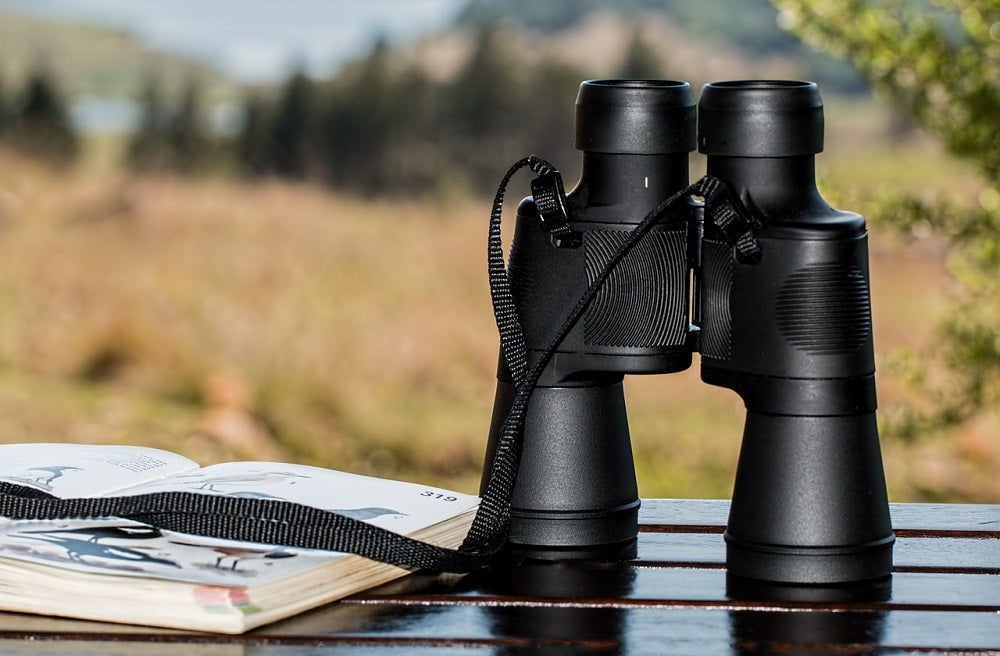
This is the most important piece of equipment you will need aside from your own eyes. You can get a pair of full size birding binoculars or a small pair of compact binoculars,
With a magnification of 8x to 10x you can get up close and personal with some of the rarest and most beautiful feathered creatures around the world.
If you have started looking at binoculars, you are probably thinking, “what does all of this mean?” Don’t worry. Here are three tips for choosing the binoculars that are best for you.
Know Your Budget
The truth is that you can spend thousands of dollars on binoculars but most people probably don’t want to do that. The very opposite is true as well, you could purchase extremely cheap binoculars. The saying, “you get what you pay for” is very true with binoculars.
You need to know how much you can afford to spend but you do want to make sure you can afford a decent pair of binoculars. If you don’t get a good quality pair of binoculars, you might as well not even have them.
Even though technology is definitely improving for binoculars, you still want to make sure you get your money’s worth. You certainly don’t want to miss a once in a lifetime bird spotting because of cheap binoculars.
Magnification
Some people prefer the highest level of magnification because you can get up close and personal with the birds, especially if you are watching from long distances. But there are several disadvantages to consider before buying the highest level of magnification.
One of the primary disadvantages is that the smaller field of view. If you zoom in too closely, you may be able to see a very clear image of a bird’s head but you might not be able to see the whole bird at the same time.
If you plan to drink in every little detail down to the exact color patterns, this might not be a bad thing. That is for you to decide.
Another problem with the higher magnifications is that the smaller field of view means less light is able to enter the lenses. This can make images appear darker and discolored compared to what you would see if the bird was three feet in front of you.
Bigger lenses may have smaller magnification levels, but you can get a better more vivid image of the birds if more light is able to pass through the lenses.
Finally, if your magnification is so close to the bird, it is difficult to focus on the bird.
This can make small details appear to be blurry and may even cause you a chance to see a bird you have spotted if you are fighting with the binoculars to get them to focus properly.
It is possible to learn how to adjust and focus quickly but with the highest magnification level, it will take a lot more time and practice to learn how to do this.
Prism Design
The prism is inside the binoculars and helps to bend the light so that you can see the birds you are trying to view. You can’t actually see the prism without disassembling the binoculars, but you can tell which prism your binoculars have by looking at the shape of the exterior. The two types of prisms are roof and porro.
Roof Prisms – are in a straight line. This means the design of the binoculars is narrower and they tend to be very lightweight. This is great because it makes them easy to carry around your neck or toss in a bag to carry wherever you go.
This main disadvantage to these binoculars is that less light is allowed in because the lenses are smaller. This means images can be distorted or darker than they would appear if viewed with the naked eye. These also tend to be more expensive than porro prism binoculars.
Porro Prisms– are easily identified by their z-shape. These binoculars are generally bulkier, but they provide a wider field of view and allow more light to enter which means you can see a clearer more accurate image.
Due to the bulky design, these binoculars are usually a good bit heavier than their roof prism counterparts.
Both roof and porro prisms have their advantages and disadvantages. If you are looking for a higher quality pair of binoculars and you don’t mind a little extra weight, consider getting a porro prism design.
If you don’t want to lug around heavy binoculars, you can get a decent pair with a roof prism but the quality won’t be as high for the same price you would spend of a porro prism.
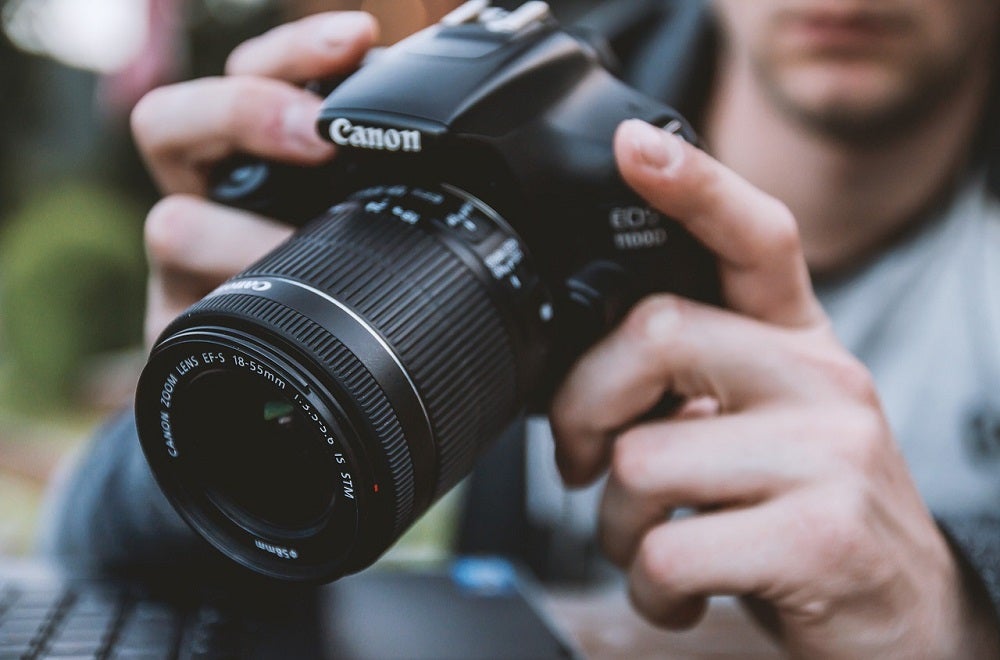
Other Equipment to Consider:
Though binoculars are probably the only piece of equipment that you absolutely need, here are a few other things you might want to consider.
Camera and Tripod
If you intend to document your bird sightings for personal or even professional reasons, a birding camera and a tripod are important. It is better to have a nice quality picture as evidence, in case you need it.
Who knows, you might find a species of bird that has been believed to be extinct. You would definitely want to document something as important as that.
If you’re just a hobbyist, you will still enjoy having documented evidence of what you have seen so you can share your experiences with people who weren’t there with you.
Though a camera and tripod are not required to enjoy bird watching, it is a nice piece of equipment to have.
Birding Telescope
A birding telescope or spotting scope is handy for spotting birds at long distances. You can pair a good set of mid-level magnification binoculars with a birding telescope so that you can easily find birds both near and far.
Backpack
A good backpack can make a world of difference, especially when you are making a trek to a location that is a little father than a few hundred steps. Have a backpack specifically designed to carry your camera equipment is a good idea.
Lugging around all your bird watching equipment plus, other things like water, a first aid kit, and even a packed lunch is a lot easier if you have a nice backpack to carry everything in.
Identification Field Guide
Unless you have a good memory and know every bird species you can encounter, you will probably want a field guide. It can also help you to document birds that you have seen so you can keep track of what you have and have not seen.
Information about dietary habits, habitats, and migration patterns can also help you to locate the specific birds that you are seeking.
Journal
You will probably want to document your sightings for future reference. Keeping a journal with you allows you to quickly jot down descriptions of the birds you see when you are out watching so you can come back later and learn more about the birds you have seen.
Journals can include sketches, notes, observations, and even your thoughts and feelings from every bird encounter.
Bird Calls
Bird calls are an MP3 recording that can be broadcast over an external speaker to attract the birds. This just simply increases your chances of spotting specific birds that you are looking for.
GPS
Once you find a good location for birds, if you have a GPS you can note the location so you can find it again. The price on these handheld GPS units has come down dramatically.
Bringing the Birds to You
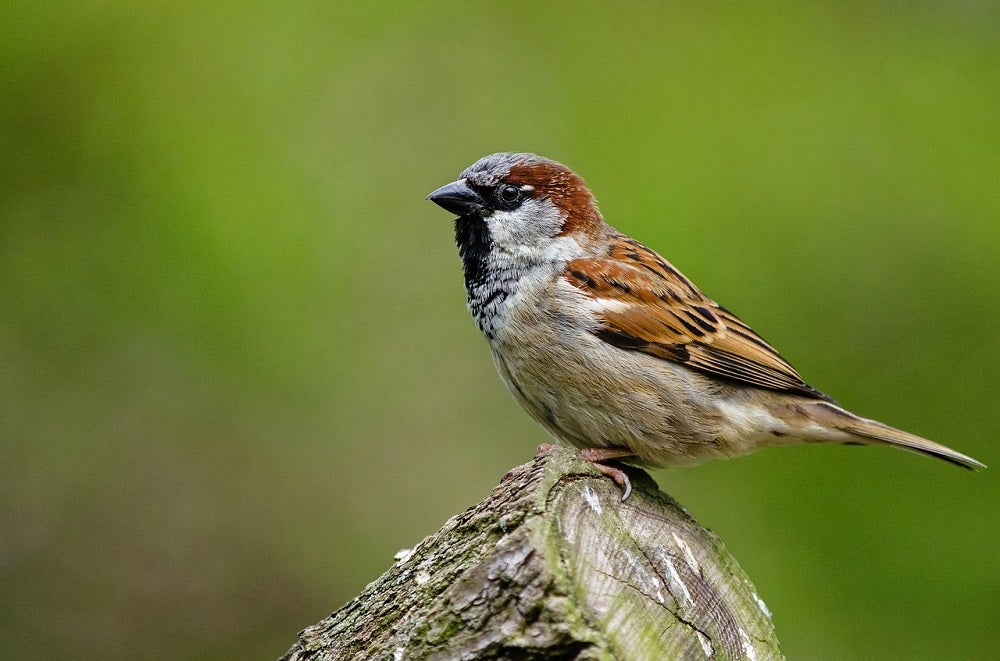
Bird watching doesn’t require you to trek through the jungles and tropical rainforests unless that is what you enjoy. If you want the birds to flock to you instead, you can use bird feeders to attract a large variety of birds.
If you are going to use bird feeders, it is important to do your research. There are many kinds of bird feeders and bird feeds. The two big differences are bird seeds verse bird nectar.
Hummingbirds
Small birds like hummingbirds don’t eat seeds. Instead, they drink the nectar. You can use hummingbird feeders to attract these birds that live in your part of the world. There are two primary types of hummingbird feeders: inverted and saucer.
Bird Seed Feeders
If you are looking to attract larger seed-eating birds like sparrows and cardinals, you will want to have bird seed feeders. There are three different designs of seed feeders: hanging, hopper/house, and suet.
Hanging feeders are good if you tend to have problems with squirrels because you can put accents on these feeders that make it more difficult for the squirrels to reach the seeds.
Hopper or house feeders are the more attractive options if you are hanging a feeder in a garden or you want to add a little beauty to your landscape.
They also generally hold a larger capacity for food and don’t need to be refilled as often. But they are more prone to being used to feed squirrels as well as the birds.
Suet feeders is basically a cake of seeds encased in a wire cage or something similar that allows birds to come and scratch and peck at the seeds.
This type of feeder attracts birds like woodpeckers and nuthatches that prefer this type of food source to the loose seeds.
Types of Bird Seed
Finally, you will want to consider the types of seeds you are using because different seed mixes will attract different types of birds. There are so many different types of bird seeds and combinations of seeds.
Typically, sunflower seeds, safflower seeds, shelled and cracked corn, and various types of millet are very common. If there is a specific bird that you want to attract, you will want to research the type of seed that is best for that bird.
If you don’t have a preference, a good combination of several different seeds will give you a nice variety of birds to watch.
Tips and Tricks
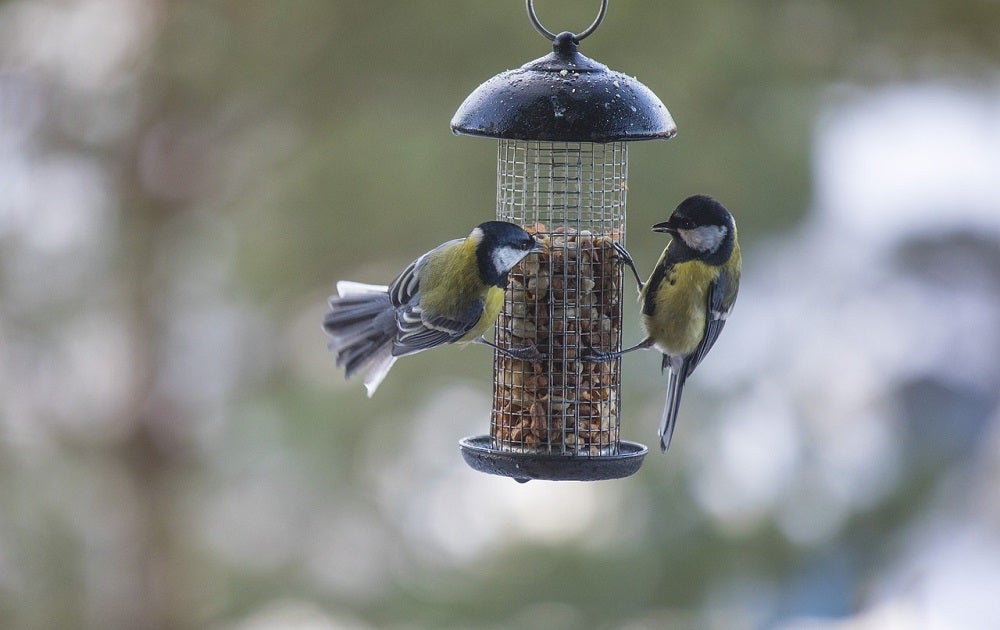
Whether you are an absolute beginner or you have been doing this for fun for years, here are a few tips and tricks to help you get the most out of your bird watching adventures:
Tip #1: Keep Your Eye on the Prize
In this case, your prize is the bird. Every precious second that you get to sit there and watch the beautiful creature is important. Don’t be quick to grab your pen and journal or even your camera.
You never know how long the bird is going to remain in your field of view so you will want to make sure you take as long as possible to enjoy your sighting before you look away. You might miss something important if you are too quick to look away.
Tip #2: Observe Every Detail
Drink in every detail that you can. Beak and feet color, markings on the head and face, as well as the brightness of coloring could help identify the gender of the bird.
You can even try to estimate the length of the body or wingspan to help you better identify the exact species of bird that you have encountered.
Tip #3: Use Your Senses
Using your eyes is very important. You are, after all, bird “watching” and that requires your eyes. But that doesn’t mean you can’t use your other senses as well.
You probably won’t be close enough to touch the bird and you certainly don’t want to try to taste it. That doesn’t mean sight is the only sense you should use.
Listening is just as important in bird watching as seeing. Often, you can identify a bird by its call before you even see it. You can also use your nose to identify things like flowers that may attract hummingbirds or fruits that may be an essential part of a bird’s diet.
Tip #4: Pay Attention
Look at flight patterns, movements, and if you are lucky, even a mating ritual. Watch for what the bird might be eating or where they might be going.
You can possibly observe the bird interacting with other birds and animals and even their offspring. Pay attention to this and make notes about it.
Tip #5: Document Everything
Use your journal. After you have watched and listened until your heart is content, or the bird flies off, then document everything.
If you are taking pictures, try to get those before the bird flies off but if you are just writing, enjoy the bird while it is in your presence, then scribble down your observations.
Write quick, short notes of your observations. Make notes about what you heard and saw when the bird was there. What did the bird do? What was it eating? What were the colors and patterns you observed?
Write down everything. You never know what might be important later when you come back to try to identify the bird you spotted.
Bird Watcher’s Paradise
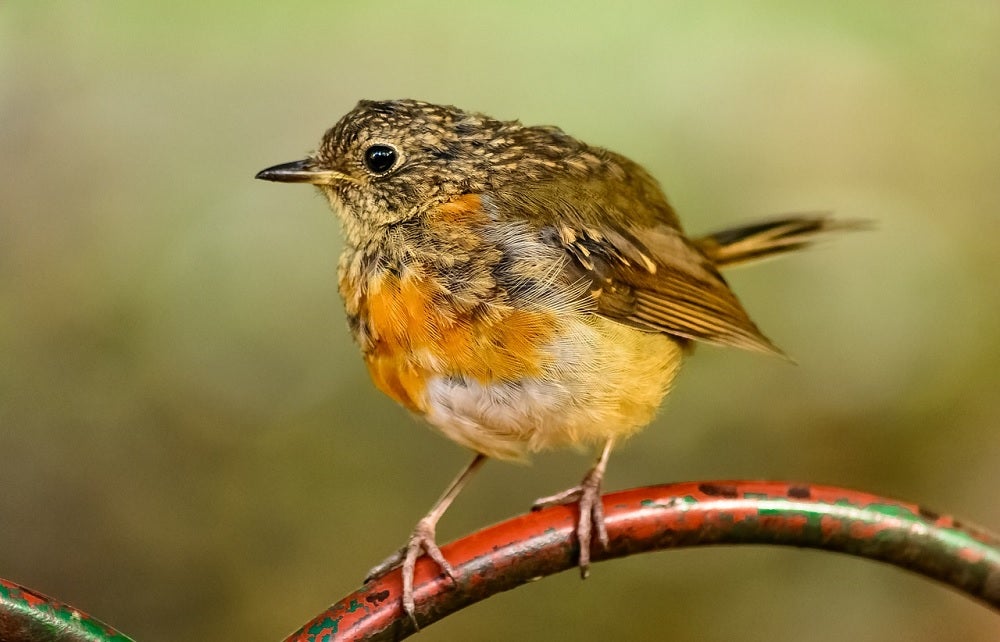
You can certainly go bird watching almost anywhere, even in your own backyard. However, there are some great places to see certain birds you may not see anywhere else.
If you are looking to explore and want to push the bird watching limits, these are the places you want to add to your bucket list.
Pichincha, Ecuador
This is a great place for spotting exotic birds, including a large variety of hummingbirds. There are even places where you can stay that are very close to the forests so you can watch the birds right out your window and experience the wildlife up close.
Cairns, Australia
Here you will have access to nearly 400 species of birds and it is located between the Daintree Rainforest and the Atherton Tablelands. This is a great place to escape for a winter vacation filled with beautiful birds.
Bhutan
Bhutan is located near the Himalayan Mountains. With areas that are protected by both the government and environmental groups that are trying to save the forest from deforestation, the bird watching is absolutely stunning.
Antarctica
This might sound like a crazy place to go bird watching. The truth is, penguins are probably the only bird you will see in that arctic wonderland but if you are an avid bird watcher and want to travel the world to see the beautiful birds in their natural habitat, you can’t miss out on watching the penguins.
These big, beautiful flightless birds are magnificent, and you won’t want to pass up and opportunity to see them, even if it is a bit cold.
Your Own Backyard
Maybe this sounds a little boring, but your own backyard or maybe a local garden if you live in a big city, is one of the best places to start your bird watching adventures.
You can become familiar with birds that are common and local to your area and maybe even spot some rare sights that are just passing through.
Useful Resources
If you are looking for some good resources for more information about bird watching, here are a few websites and books to check out.
Learning more about bird watching, whether you are completely new to the hobby or you want to dive into it a bit more, is always the best way to find new spots to explore, figure out how to recognize new species, or even find out about new equipment that may help you on your adventures.
National Geographic Birding Essentials
This book will tell you everything you need to know about the “art” of bird watching. If you are looking to get started as a bird watcher, Jonathan Alderfer will guide you through equipment, techniques, and everything you need to know.
https://www.amazon.com/National-Geographic-Birding-Essentials-Techniques/dp/1426201354
Bird Identification Search
This “search engine” allows you search certain criteria for the birds you find, or may be looking for. It will then give you results for the species of birds that match that.
You can search by region, by physical traits, calls, and more. Outside of a physical book, which can take much longer to sift through when searching for all of this information and looking at pictures, this is the best online resource for looking for exact species of birds.
http://identify.whatbird.com/mwg/_/0/attrs.aspx
Ready to Get Started?
Even if you just have a pair of binoculars, a spiral notebook, and your own backyard, you can get started enjoying the sights and sounds of birds. But if you are ready to take it a step farther, the information in this guide is ready to help you. Now it is up to you to go find those birds!

I am thinking of taking my dad on a bird watching trip this summer for his birthday and I had no idea that there are so many benefits! You make a great point that you don’t need a lot of equipment when becoming a bird watcher: just binoculars and a bird guide! Also, I think it will be great for my dad to be out in nature and have the change to enjoy the scenery and slow down.